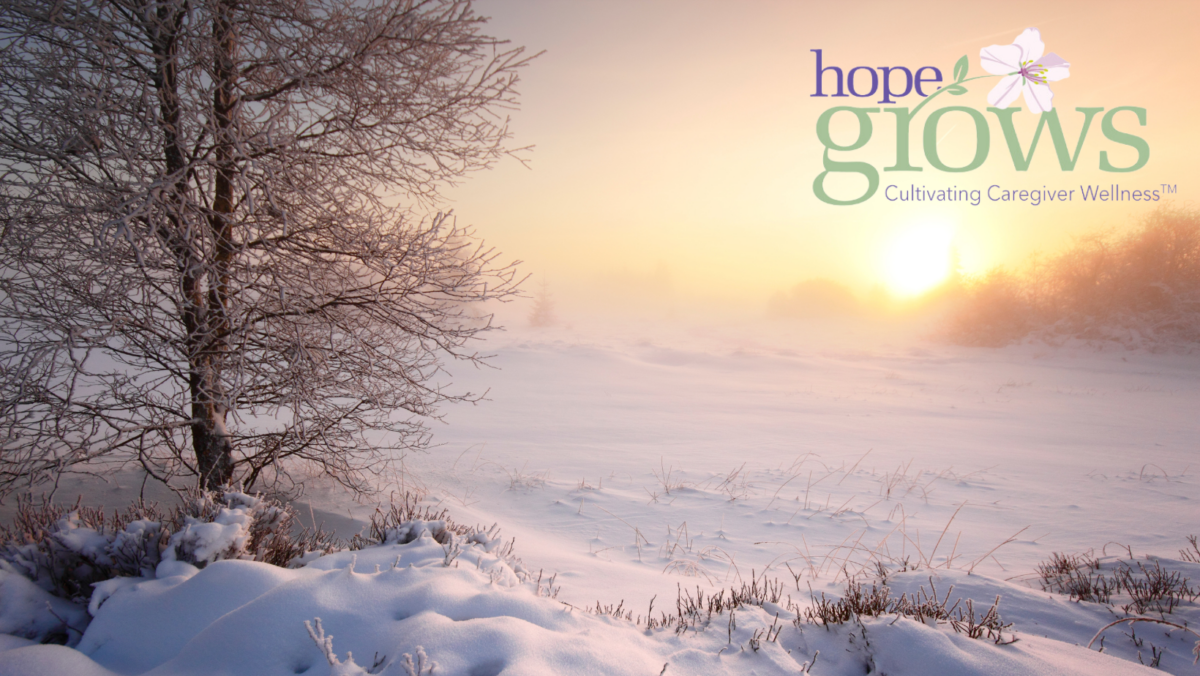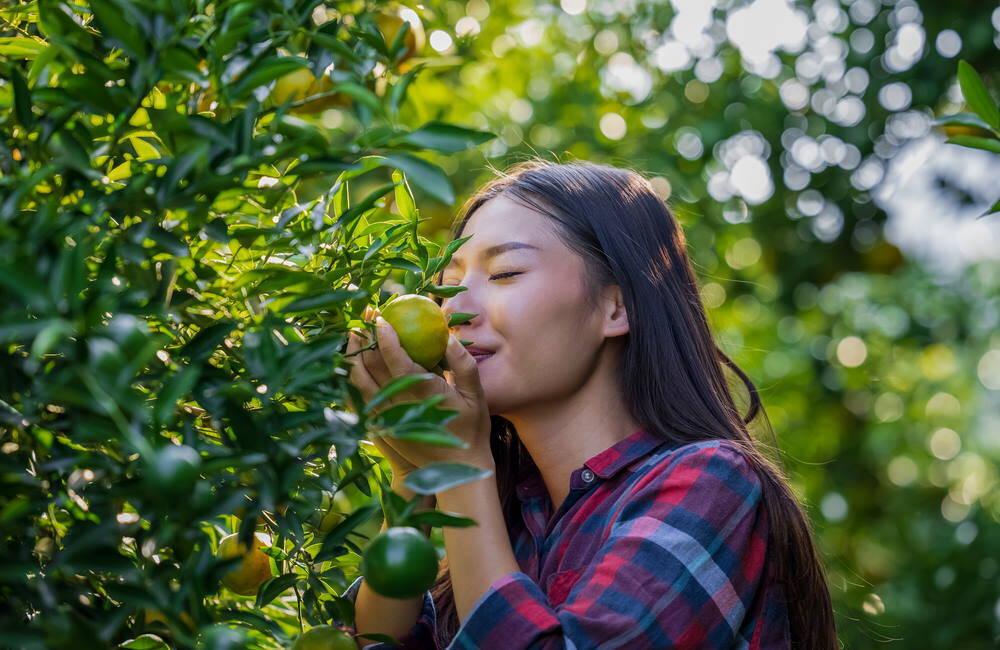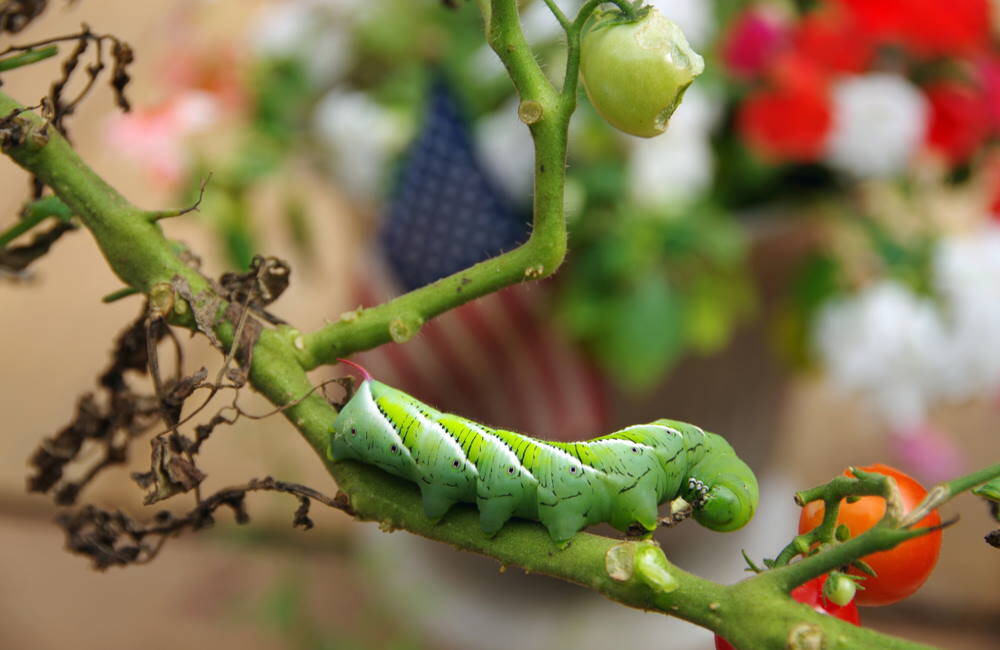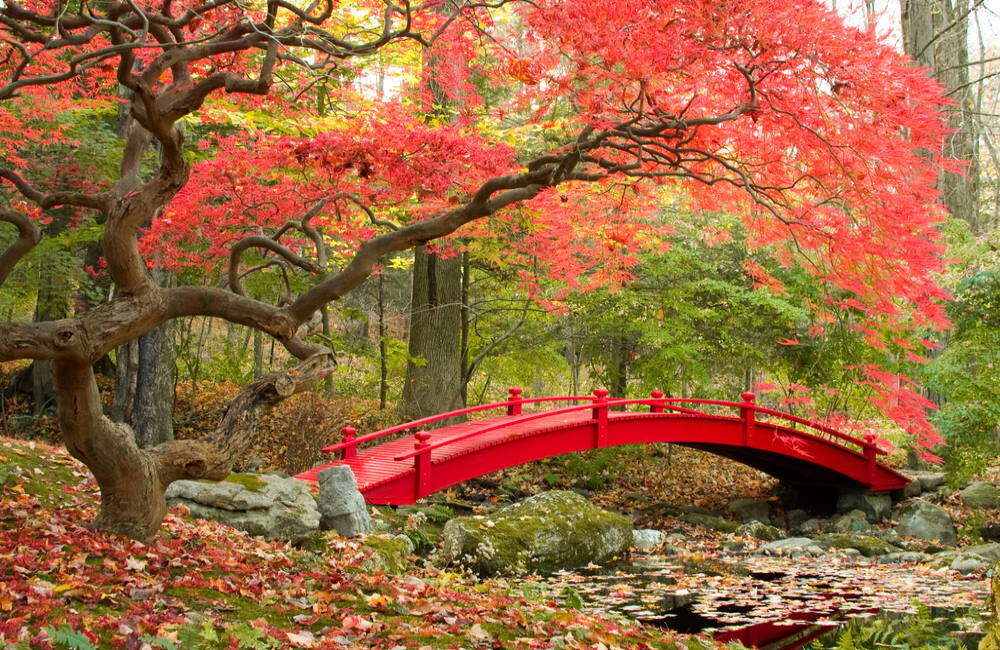Inspiration
I woke this morning, January 1, 2024, to a small covering of snow. After the rain that our area endured during the Christmas season, I found this to be inspiring. These are the moments of stillness and beauty I talked about in the blog introducing the 2024 theme for the year, Empowering Caregivers through All Seasons. “The brightness of the morning sparked freshness from its dark and dreary place and rekindled an inward rebuilding of what nature does without effort: inspire.”
The focus for January 2024 is inspiration. Inspiration is a force that propels us to reach beyond our “perceived” limitations. Those that provide the selfless act of compassion, such as the act of giving care, is at the heart of an altruistic exertion that surpasses the boundaries of self. Tending to the needs of others, caregiving is a source of profound inspiration to those watching. The act of giving to others not only provides solace to those in need, but also kindles a flame of motivation within the person giving care.
While these small acts of kindness impact the human spirit, one providing the care must be careful of the limits of self. Someone that is extremely compassionate can burn out and someone that continues to give without taking a break can end up with traumatic stress. Both of these can lead to dissatisfaction in life, feeling as if life has no meaning, and questioning one’s purpose. This is called “spiritual stress” and takes quite a bit of healing to feel inspired again.
Nature’s Influence on Caregiving
When this occurs, one can retreat to nature. While in the embrace of nature, inspiration takes on a different manner. The beauty of a sunrise, the tranquility of a forest, or the rhythmic dance of ocean waves possess an unparalleled ability to stir the soul. It becomes a place where one can let go of control; nature doesn’t ask anything of the person embracing its beauty.
Nature, with its cyclical patterns of growth, decay, and renewal, mirrors the human experience. Observing the resilience of a tiny seed pushing through the soil to become a towering tree, or witnessing the rebirth of a barren landscape after a rainstorm, one cannot help but draw parallels to the ebb and flow of life’s challenges and triumphs. Nature becomes a silent healer, imparting valuable lessons of empowerment about adaptation, patience, and the inevitability of change.
When caregiving and nature converge, a powerful interaction occurs, strengthening the soul of the caregiver. Solace and renewal begin to emerge. One can begin to feel, well, almost lifted, healthier and restored.
So, when you feel uninspired from the acts of giving care and it leaves you feeling depleted, take a walk in a serene garden, contemplate the view of a breathtaking vista, or stare into a barren tree and think about its story. This becomes a form of self-care, replenishing the caregiver’s emotional reserves. Nature, in turn, benefits from the nurturing touch of caregiving, as individuals inspired by compassion may choose to extend their care to the environment, fostering a sense of responsibility and stewardship.
In conclusion, the caregiver’s selflessness and the healing drawn from nature fuels the human spirit. Together, nature and caregiving can remind us of the delicate and intricate design of both. Inspiration becomes a living force that breathes life into our actions, a healing and transformative change occurs. As we navigate the complexities of it all, the inspiring moments are the delicate balance between the caregiving and nature, the “reciprocal relationship” that I so often talk about. It forges a path towards a more resilient existence. When the dark and dreary moments of winter bring you down, retreat to nature, even if it is from your kitchen window.
Written by Lisa Story, MSCP, LPC, CT
Hope Grows Founder & Clinical Director






